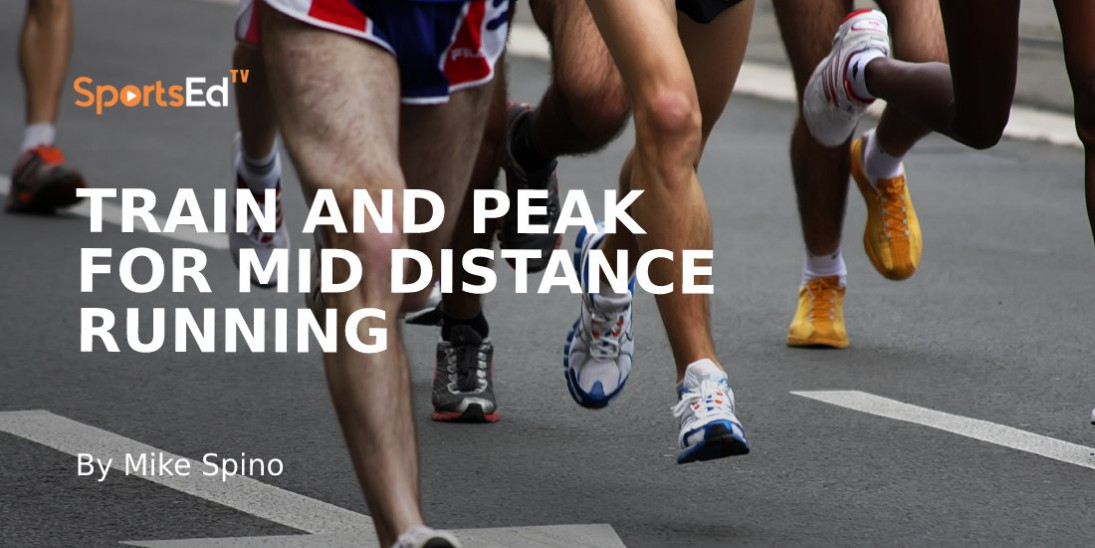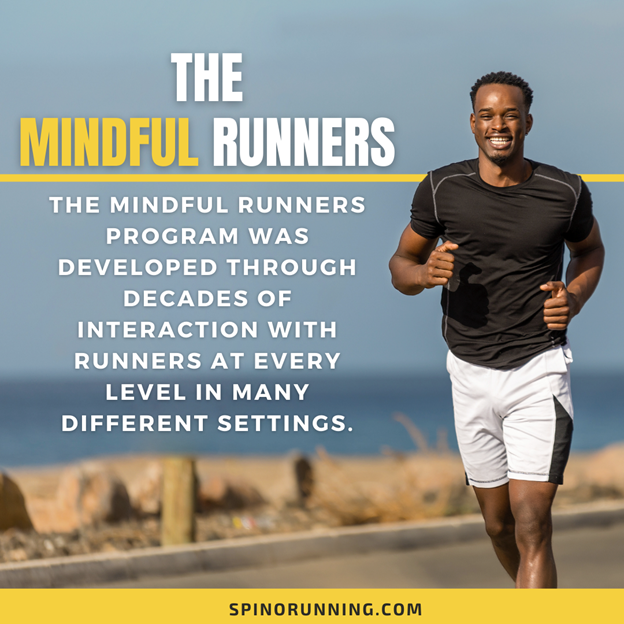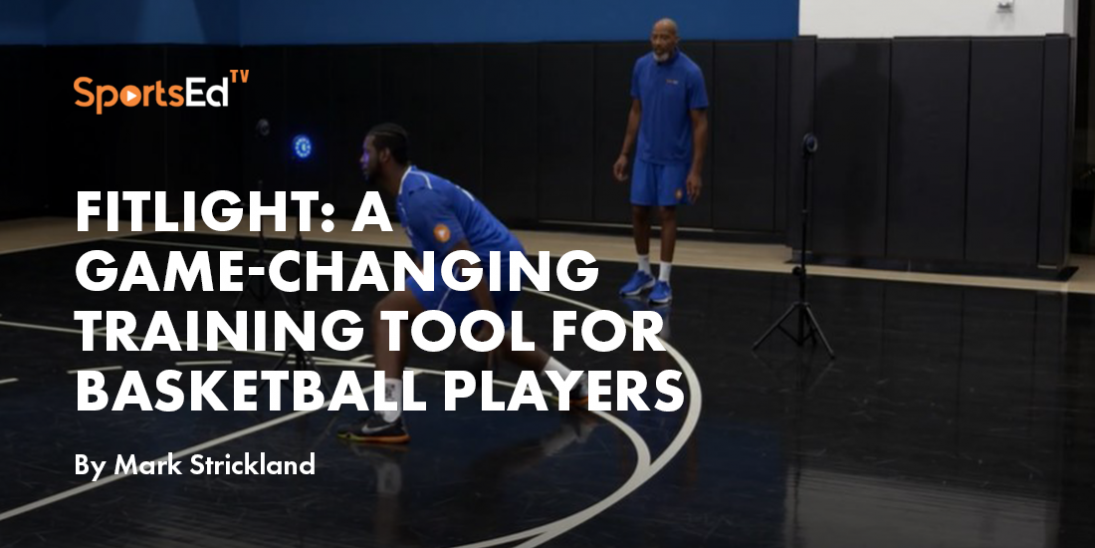Strength And Conditioning, Running
Welcome and thanks for visiting...

How to Train and Peak for Middle Distance Running

There are now millions of young people running cross country and middle-distance races from 800 meters to 5,000 meters throughout the world. While it is a relatively easy task to put together a schedule of training for these events, there is little precise knowledge about how the most outstanding coaches in history approached the task.
As much an art as a science and infused with a glimmer of unique insight the master coaches conceive the performances of their athletes as a personalized blend of insights and illuminated thinking that is unique to their insights. We can count these coaches who made unique contributions on a few hands and each was insightful in their manner, and I will talk about a few that influenced my life and coaching approach.
I’m Coach Mike Spino, Ph.D. and I have had the privilege of training under the finest running coaches in the history of middle-distance running. I have also melded it together with the most complementary methodologies of the human potential movement of which I am a pioneer. You can find this information on my website called spinorunning.com. The training you receive on the site has been gathered from my 50 years of coaching and what I have learned about mental focusing during my years as a teacher and Director of the Esalen Sports Center within the world-famous Esalen Institute
I have put these trainings together on my website called spinorunning.com, and they have been time-tested over decades and have proven extremely effective for all who utilize it. You will find your perfectly matched workouts from the three programs that are presented under the categories of emerging, initiate, and gold standard the program is for 12 weeks and goes through the segments to peak functioning and finishes with a few weeks in late May and early June when the runner is doing speed work and racing and presumably reaching their best times of the year.
In this blog for SportsEdTV, I will explain the reasons behind the plans being represented and how they integrate your physical running workouts and mental training for focusing and imagination. These detailed workouts and mental training techniques go through progressive phases of from conditioning to multi-interval and classic interval training to speed workouts that allow one to reach peak functioning during the championship races of the season that matter most.
Some of these ideas are presented in my six books including Beyond Jogging: inner spaces of running which can be purchased from Amazon and has been published in numerous languages, the latest in Japanese coming out for the Christmas season. This blog contains information on ordering your program and a few videos of the mental training that is organized in what we call periodic sequences, which means matching the running cycle with the mental training so you peak, mentally and physically at the right time.

Let me explain some of the elements within the elite middle-distance running schedule you will receive by purchasing your program on spinorunning.com. A most significant contributor to my way of running training is a Hungarian-born master coach Mihaly Igloi from the nation of Hungry. He emigrated to the United States after escaping the Soviet takeover of his country in 1955. At that point, he had coached numerous world record holders with his method that derived from research done by the legendary scientist Gerscher and Rendell before the Second World War. The method is derived from the Freiberg interval system they developed. The running training is short intervals in sets with varying rest periods and allowing for a whole team to train together with the fastest able to at least do some training with all the others. The pair of researchers noticed that short intervals at various speeds improved middle distance times, and one of their athletes broke the 800-meter world record.
Intervals Avoid This
We all know that if your group runs together for a distance run, it will break up into various sections- fast ones in the front and others behind. With interval training, everyone can run at least some of the workout with their mates. I have seen Igloi train four or five groups at the same time mixing and matching them and finishing their workouts at the same time. This adds to the community and everyone is helping or participating with each other.
Why Some Coaches Are Masters
Master coaches have their own unique and often artistic style. They think outside the box and see running as more than just putting one foot in front of the other. For instance, the coach Percy Wells Cerutty, who Esalen brought to the United States in 1974, and I studied with (I am the last person to receive a diploma from him) focused on areas like breathing, and surging, and even experimented with runners cantering and galloping asymmetrically as a horse moves.
Just as early training is based on conditioning there are mental exercises that match each phase of training. Beginning with the full-body recovery, and sitting relaxation exercise the training is formed for step by step increasing mind/body connection in small increments. It can be as short as 20 to 30 seconds utilizing “soft eyes” We do this in a process that is explained on the website and use a post-run technique called ‘wipe away.’ The combination of these techniques allows the runner to condense and mentally review the moments in and outside of the mental imaging and get more used to it. You can use it, for instance, when tiring in practice or a race to pull yourself to the next pole in a run, or a location on the track.
Mind/body unity for a track runner takes a little time and there are some transitions and experiences that are more basic than others. Recovering after the workout, using the technique called full-body recovery is one of these post-workout experiences. By focusing on post-workout sensibilities using the technique derived from the work of Edmund Jacobsen, the inventor of Progressive Relaxation, by tightening and relaxing your muscles you locate sore spots and recover them for the next workouts. This exercise has shown to be very effective as a recovery technique by the many who have used it within the elite middle distance running and recreational programs.
As the last person to train with master coach, Percy Wells Cerutty, I was able to learn how he inspired his athletes by placing them around his training camp and on the trails leading to the beach’s statues of outstanding thinkers and philosophers like Goethe and Plato. Instead of having lap times within one's mind when racing he prepared his runners to think lofty ideas like 'the origins of the universe and man’s place on the planet. It is said that he motivated his runners by running himself to exhaustion as a tribute to their efforts before big races. When his finest athlete, Herb Elliott. was winning the 1960 Olympic 1500 meters Percy jumped over a security fence took off his shirt, and waved it to signify a world record was possible.
The techniques in the programs of spinorunning.com have been researched many times to prove their effectiveness. They always work for both maximum enjoyment and improved performance, and there are reasons for this improvement. Firstly. The program is based on the ideas of interval training. It is no coincidence that commercial companies like Peloton, for instance, provide trainers that provide segments of intervals (stop and go training) within their workouts. This is based on the concept of Exercise Heart Range concept that a heartbeat that is 220 minus your age and 65-80% of that number is best for improved fitness. We check these very often and afterward a person can apply gaits of tempos of running to get into the location of their improvements. I tested this with a 12-year-old girl pedaling next to me on a bicycle. She adhered to the 220-age and 65-85 % output and it was an interesting feat of comparison.
In conclusion, it is not random luck (although in some situations it might be) why some runners improve and enjoy the running experience more than others. There is no better feeling to know that you are ready for a PR and being able to pull it off. When you are in shape for it is a real enjoyment and the yield of a time well spent in planning and preparation. I intend to become a frequent contributor to SportsEdTV, and share my insights of 50 years of coaching and thinking about outcomes of mind and body within my books. Next time, I will be exploring the intracity of breathing and show where it is not just volitional but that there are techniques and methods to improve your breathing efficiency and functionality





